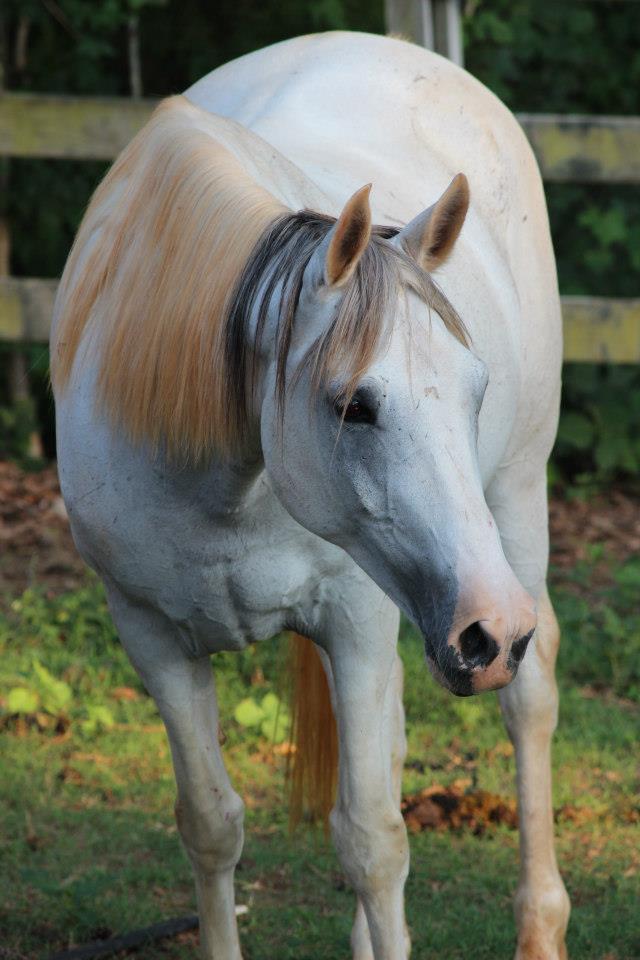
When it comes to horse keeping, a lot of what we do comes down to habit or convenience. We buy the same brands from the same stores because that’s what we’ve always done. However, if we want to save money on our recurring expenses, we need to look at some budget friendly options. Here are five simple ways to cut your regular spending around the barn.
Turn Them Out More
This one is really that simple! A stalled horse requires more hay per day than one turned out on grass. You will also use more shavings when they spend a good portion of the day inside. And as any horse person knows, a bored horse is a destructive horse! Daily turnout helps keep boredom from causing damage to your barn. These repairs add up! Try to schedule as much turn out as possible. If a faded coat is one of your concerns, try overnight turn out in the summer months. I have gone a step further, my horses are out 24/7. They have access to a run in barn which they seldom use. Although I have stalls, I haven’t needed to buy shavings in over a year!

Buy Feed in Bulk
Many feed stores offer a discount if you order your feed in bulk. Our local feed store gives a 10% discount on the purchase of 10 or more bags at a time. Some chain farm stores have similar offers as well. If you won’t use 10 bags before they spoil, see if any of your friends want to purchase feed together to qualify for the savings. Some places may allow you to mix and match your selections as long as the final number of bags equals 10 or more.
Buy Your Hay Directly from the Farm

Hay farmers usually welcome private sales. Go for a drive in the country near you, and you will likely find a hay farm. Most have signs advertising the variety of hay they sell and a contact number. Craigslist, in the farm and garden section, is another good place to find a local hay supplier. If you have a truck it’s easy to simply pick up a load from the farm a few times a year. I even have friends that borrow a truck to do this! The savings average $2-3/bale as opposed to the price of hay at the feed store! Some farmers will offer an additional discount if you come and load hay straight from the field. They will call you the day they are baling. This saves them the time and labor of loading and storing it.
Buy Shavings by the Truckload
Shavings can be purchased by the truckload, and delivered to your barn. The savings can be significant if you have a place to store them. Many barns have separate buildings for this purpose. A utility shed can work well and smaller loads can be stored in an empty stall. Others put them in the center of their covered riding ring. The important thing to consider is accessibility for a small or medium sized semi truck and trailer to the storage area. They will back into the area to unload the loose shavings.
When you call to ask for quotes on price, tell them it’s for horses and needs to be “clean”. This means it is free from debris. It should be just pine shavings with no chance of contamination from toxic trees like Black Walnut. A load can vary in price by location and size, but will generally save around 25-40% cost as opposed to bagged shavings.
Test Before You Worm Your Horses
Rotational worming is a thing of the past. We now know that it actually does more harm than good. Incorrect worming practices have caused some chemicals to lose their effectiveness. Before you worm the next time pick up a fecal worming test kit. You can find several different varieties online ranging in price from $15-30 dollars. These kits allow you to collect a sample and send it( in a postage paid envelope) to a lab. The lab will tell you if worm eggs are found in your herd, and also the species of worms. This helps you to choose the best wormer for the job. Worming might not even be needed at the time. This is especially helpful when you have several horses. Testing a few before worming can add up throughout the year.


